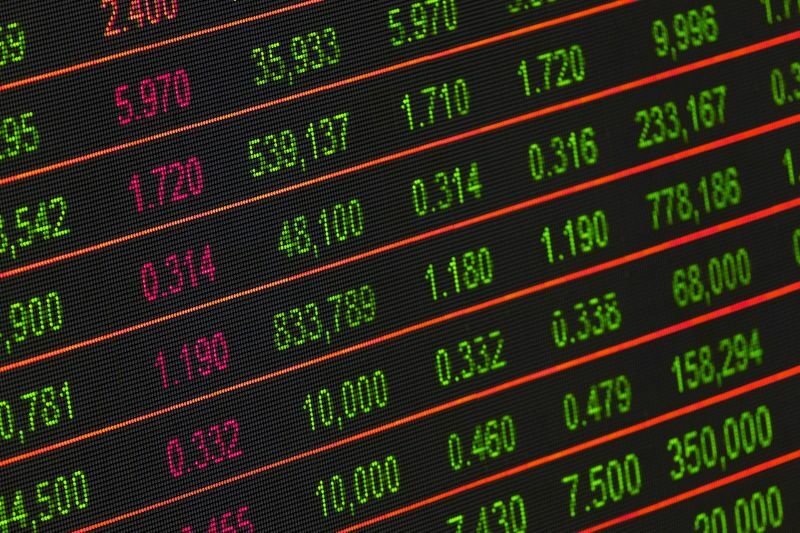A decrease (debit) to Retained Earnings (a stockholders’ equity account) and a rise (credit) to Cash Dividends Payable are recorded in the journal entry to record the declaration of the cash dividends (a liability account).
How are dividends payable reported in the financial statements?
These financial accounts for the most recent year will show the dividends declared and paid by a corporation in the most recent year:
- under the title financing activities, a statement of cash flows as an usage of cash
Dividends that have been declared but not yet paid are recorded as current liabilities on the balance sheet.
Because dividends on common shares are not expenses, they are not reflected on the income statement. Dividends on preferred stock, on the other hand, will be reported as a reduction from net income on the income statement in order to report the earnings available for common stock.
Are dividends payable on the balance sheet?
Dividends Payable is the amount of a company’s after-tax profit that it has formally authorized but not yet paid in cash to its shareholders. Dividends Payable is a liability on the balance sheet of a corporation in accounting.
Let’s imagine a corporation has 1,000 shares in circulation. The corporation declares a $1 dividend to owners, which will be paid in exactly one month. Until the dividend payment date, the corporation records a $1,000 credit to its dividends payable account of liabilities.
What type of account is dividends payable?
The amount of cash dividends declared by the board of directors but not yet delivered to investors is shown in this current liability account.
Where are dividends recorded?
Dividends in cash signify a company’s outflow to its shareholders. It is shown in the company’s cash and retained earnings statements as a decline.
Cash dividends are recorded as a reduction in the company’s statement of changes in shareholders’ equity because they are not an expense. Because the company no longer holds a portion of its liquid assets, cash dividends lower the size of a company’s balance sheet and its value.
Cash dividends, on the other hand, have an impact on a company’s cash flow statement. Cash flow refers to both cash inflows and outflows, or increases and decreases in cash. Cash dividends have an impact on the cash flow statement’s financing activities section, as they result in a decrease in cash for the period. To put it another way, cash dividends lower a company’s cash position even though they are not an expense.
How do you record dividends in a journal entry?
A decrease (debit) to Retained Earnings (a stockholders’ equity account) and a rise (credit) to Cash Dividends Payable are recorded in the journal entry to record the declaration of the cash dividends (a liability account).
Are dividends revenue or expense?
Because dividends represent a distribution of a company’s accumulated earnings, they are not considered an expense. As a result, dividends are never recorded as an expense on an issuing entity’s income statement. Dividends are instead viewed as a distribution of a company’s stock.
How do I record dividends in Quickbooks online?
When executing the report in QBO, the default account is Retained Earning. You can reflect it on the Balance Sheet by adding another category to an Equity or Other Current Liability account. I’d consider consulting an accountant for guidance on which category to use.
You can also alter or replace the name of the retained earning Detail Type to Dividend. When you decide to modify it, be sure that no other accounts are affected.
- Search for “Retained Earnings” or use the Detail Type Retained Earnings to search for the account name.
Is dividends payable a current liability?
Dividends Declared or Dividends Payable Current liabilities are the dividends issued by a company’s board of directors but not yet paid out to shareholders.
What is the double entry for dividends?
Debit the Retained Earnings account and credit the Dividends Payable account when the board of directors declares a cash dividend, reducing equity and raising liabilities.
What are dividends accounting?
Dividends are a type of income that corporate shareholders receive for each share of stock they own. These payments are made in cash or other assets (except the corporation’s own shares) and are made from a corporation’s profits or accrued retained earnings. The worldwide principles for national accounting, the System of National Accounts 2008 (SNA), includes a definition of dividends that is congruent with this meaning.
Despite the fact that dividends are paid out of the current period’s operating surplus, corporations often smooth dividend payments, often paying out less than their operating surplus but occasionally paying out a little more. Furthermore, when a corporation increases the size of its regular dividend, it is expected that the increase would be continued.
Except in one situation, the SNA does not suggest seeking to synchronize dividend payments with profitability for practical reasons. When payouts are excessively enormous in comparison to a company’s recent dividends and earnings, an exception occurs. This form of payment, also known as a special dividend or a super dividend in SNA language, is made by a corporation as a one-time payment. It can occur for a variety of reasons, including changes in the firm’s financial structure, such as a merger or spin-off. If the dividend declared is significantly more than recent dividends and earnings, the excess may be recognized as a financial transaction, namely a withdrawal of shareholders’ equity from the firm, rather as dividends. BEA has applied similar treatment to unusually high distributions of special dividends resulting from changes in a company’s financial structure on a few occasions.
How do I create a dividend payable account in QuickBooks?
Make a Dividend Account for each dividend.
- Select “Other Current Liability” from the “Type” option. In the Name field, type “Provision for Dividend.”







